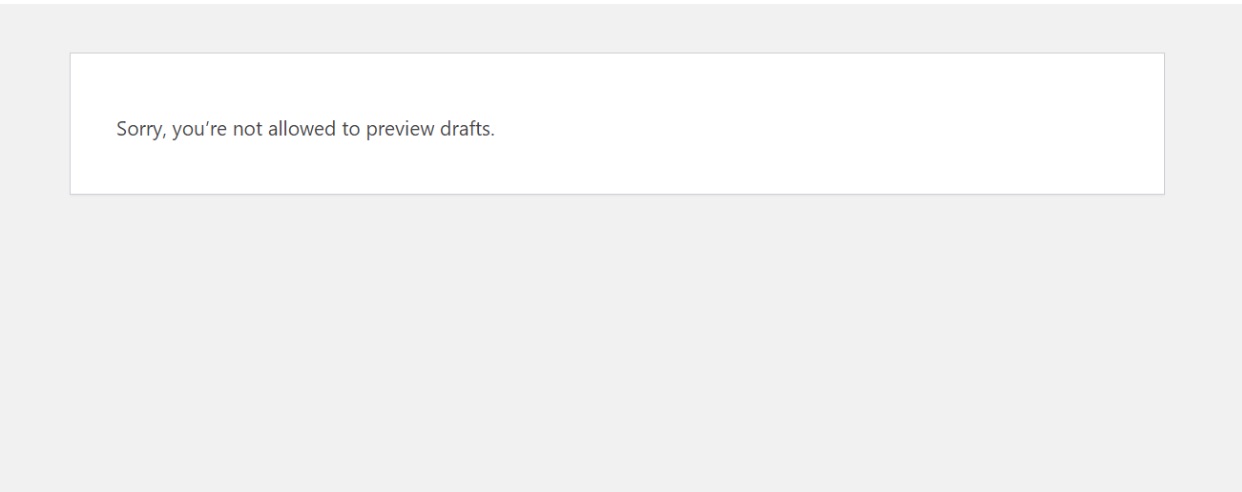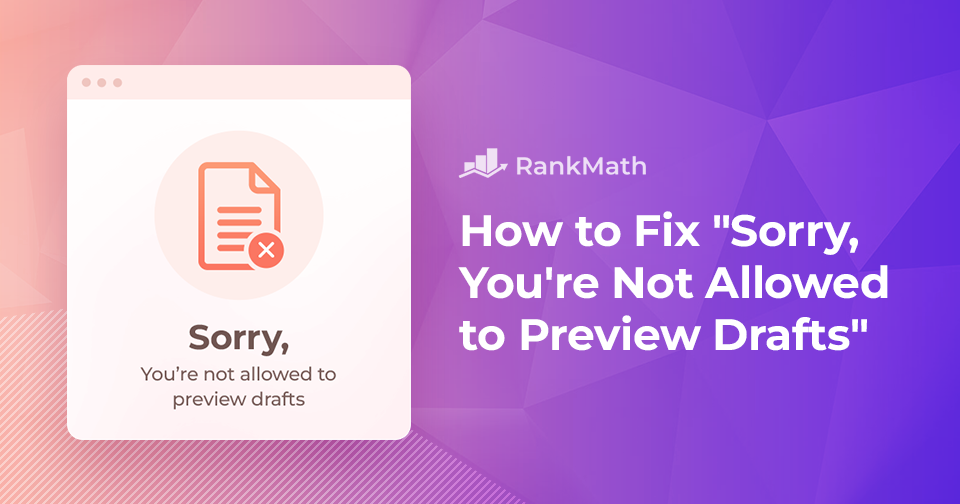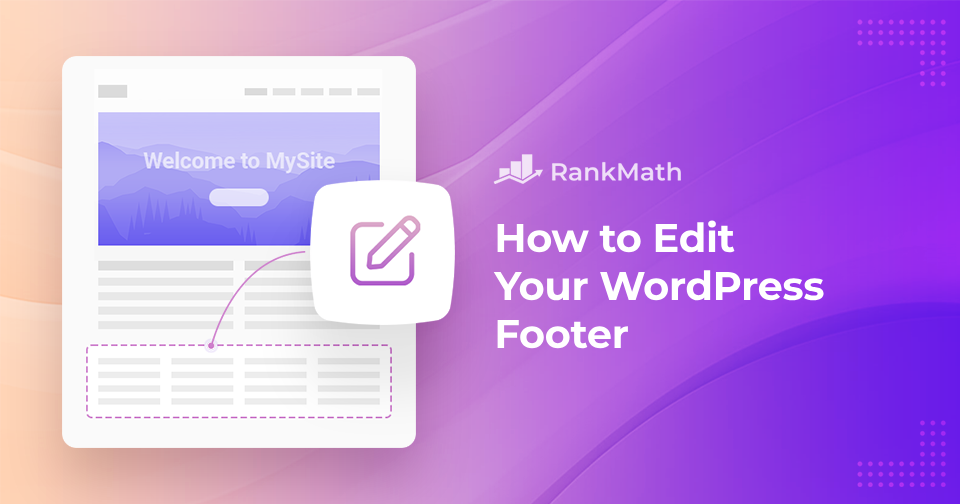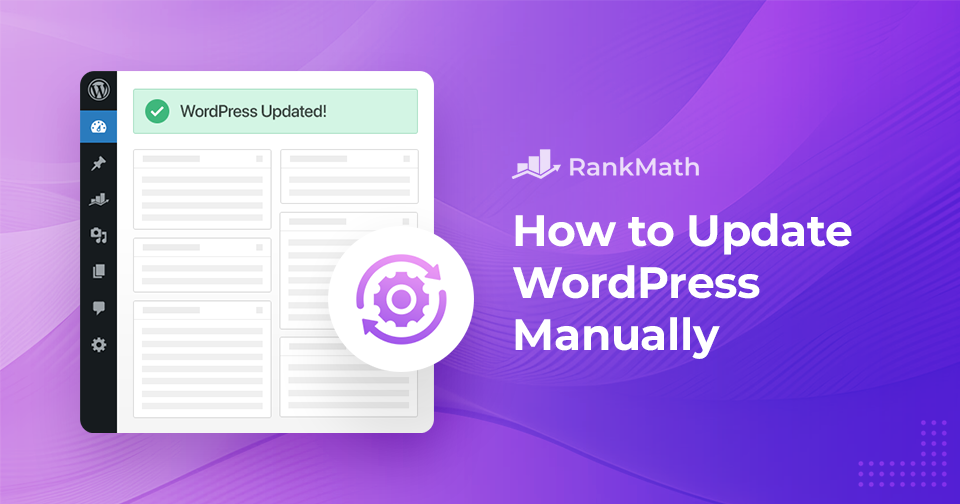How to Fix the “Sorry, You’re Not Allowed to Preview Drafts” Error
Are you looking to fix the “Sorry, you’re not allowed to preview drafts” error?
Previewing your posts or page drafts in WordPress is essential, as it allows you to spot design flaws, missing components, and spelling or grammatical errors before publishing them.
But without the right permissions, you’ll be unable to preview the drafts.

Fortunately, fixing this issue is simple, unlike most WordPress-related errors. But before we resolve this issue, let’s first understand why you’re getting the error message when previewing drafts in WordPress.
Continue Reading




